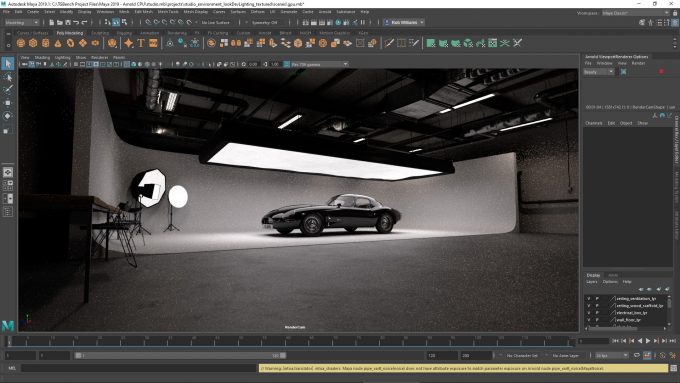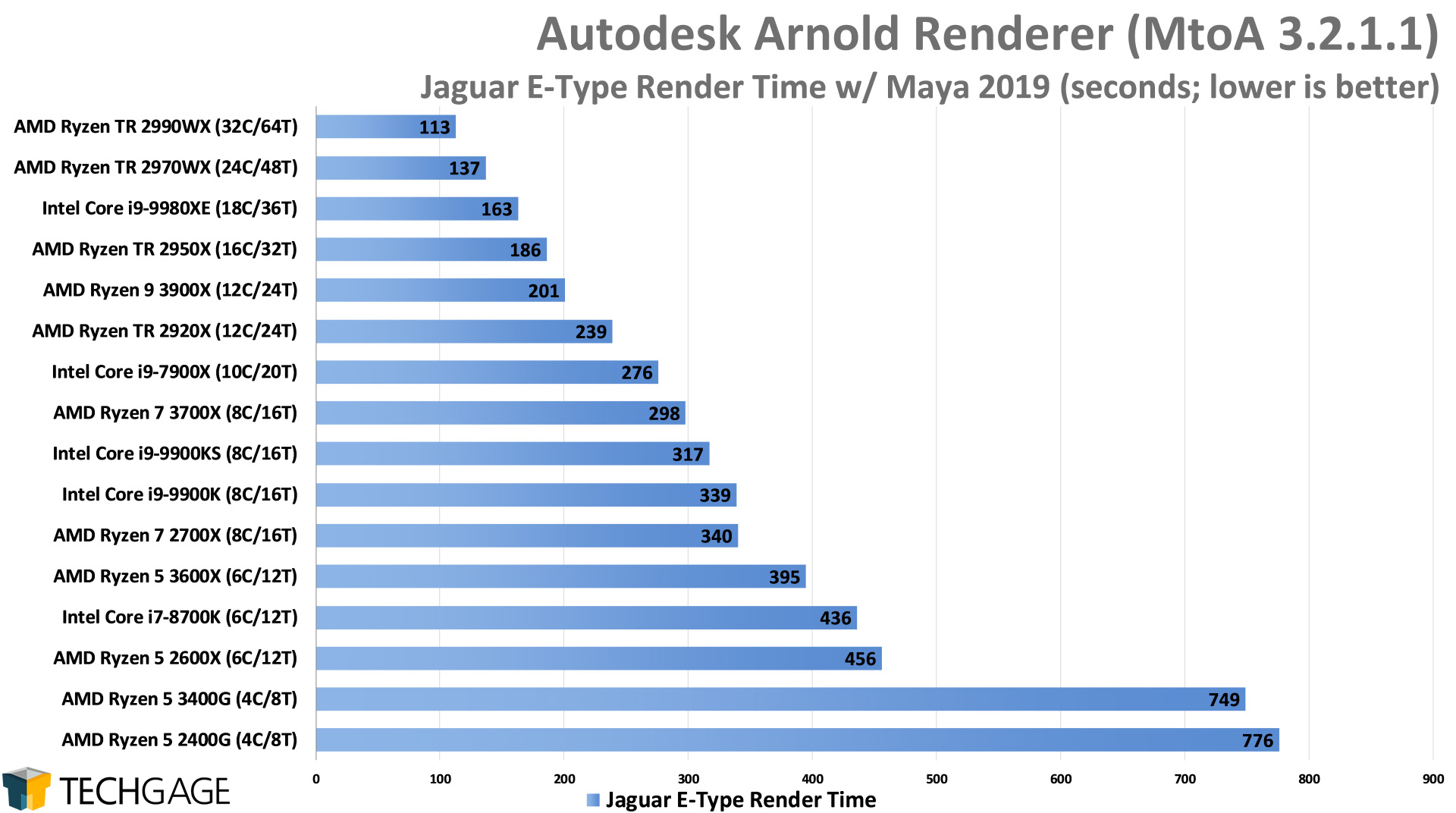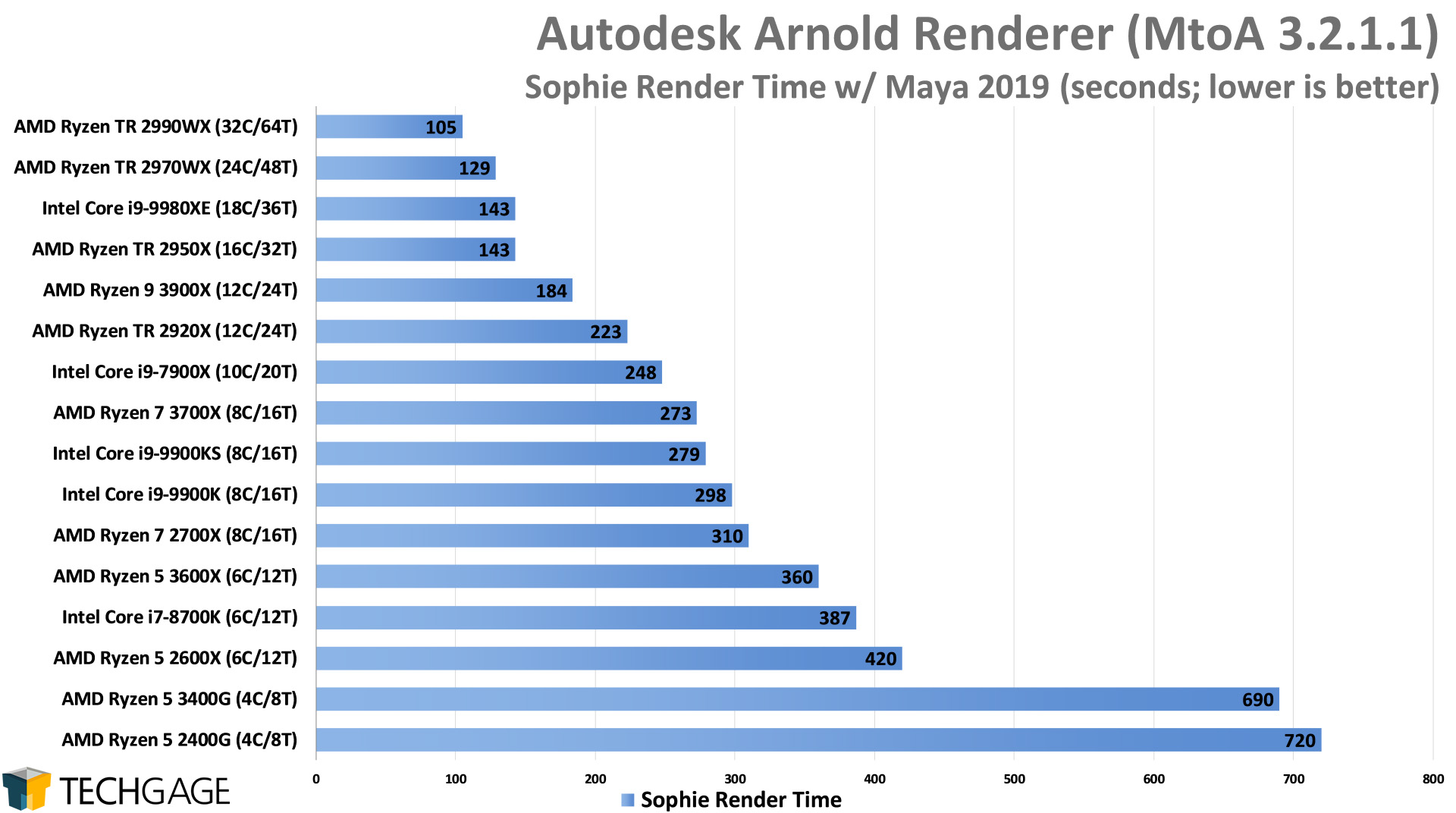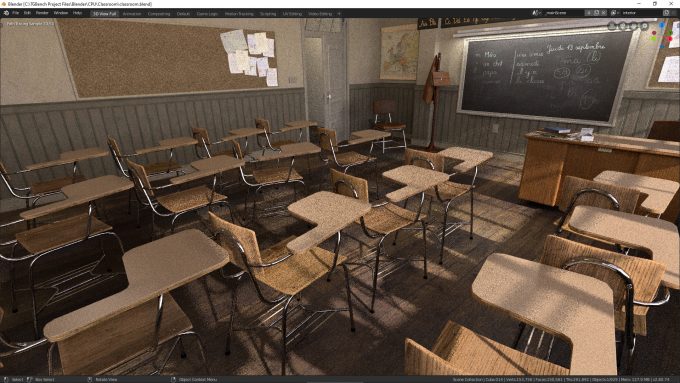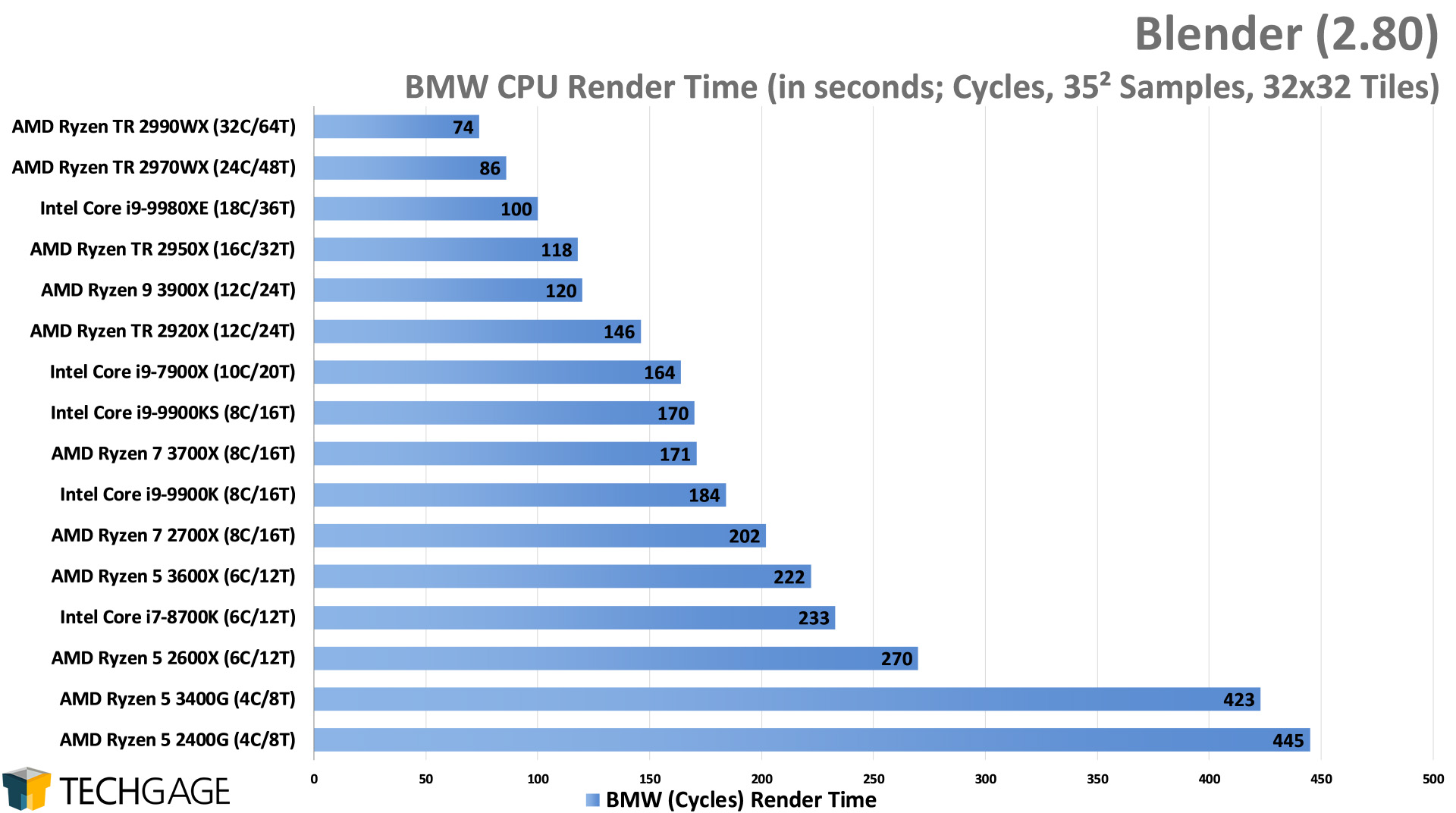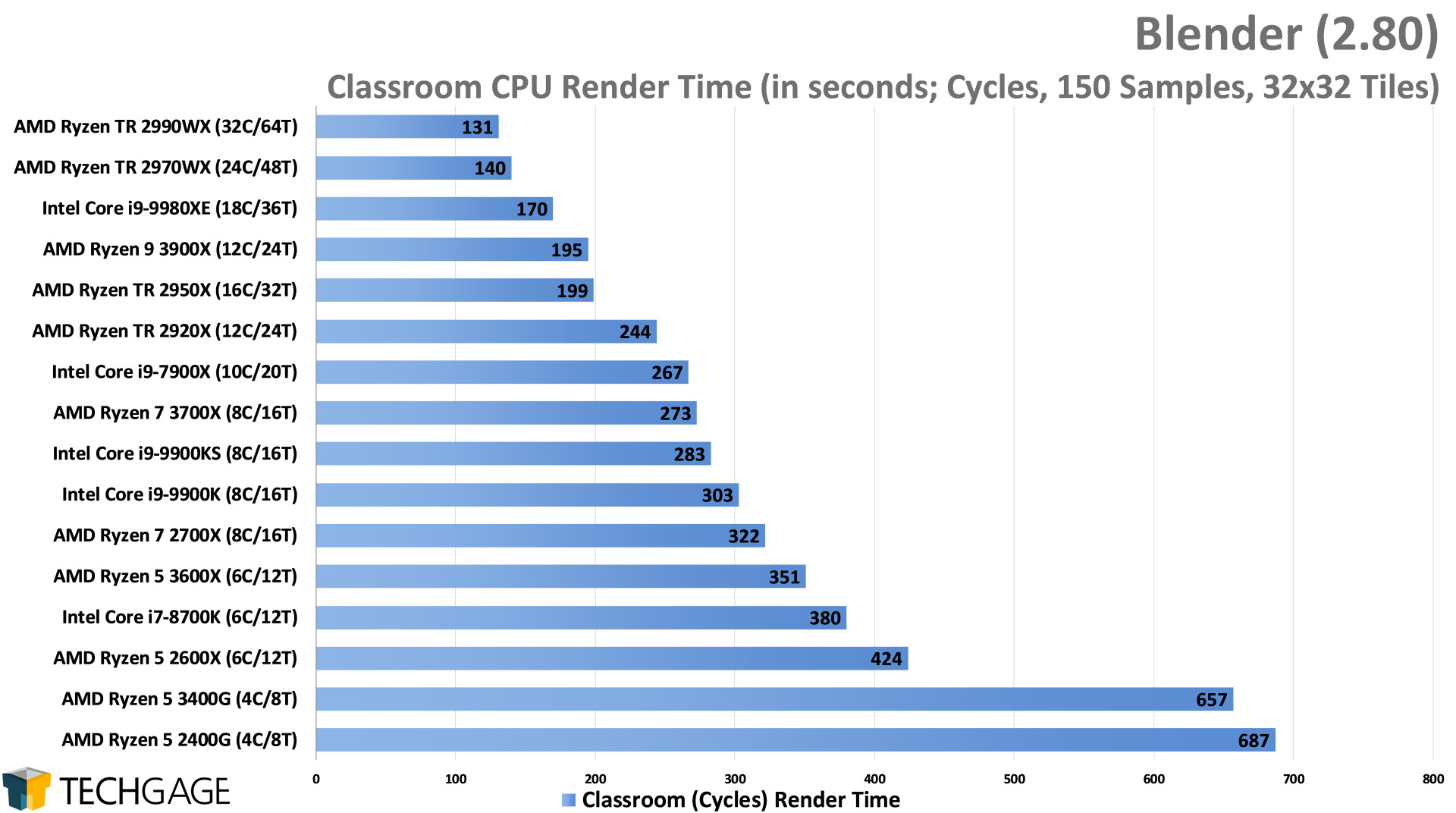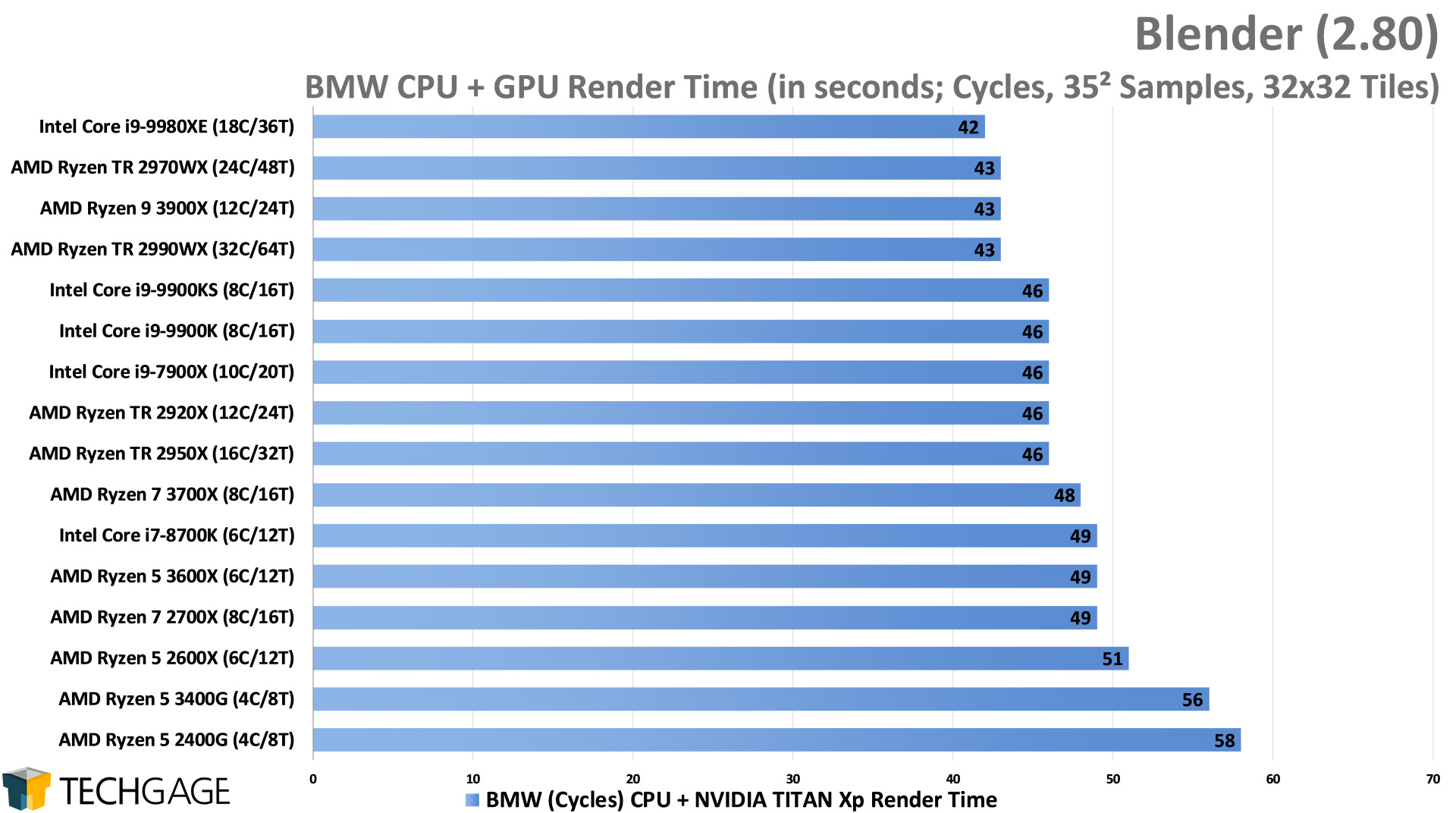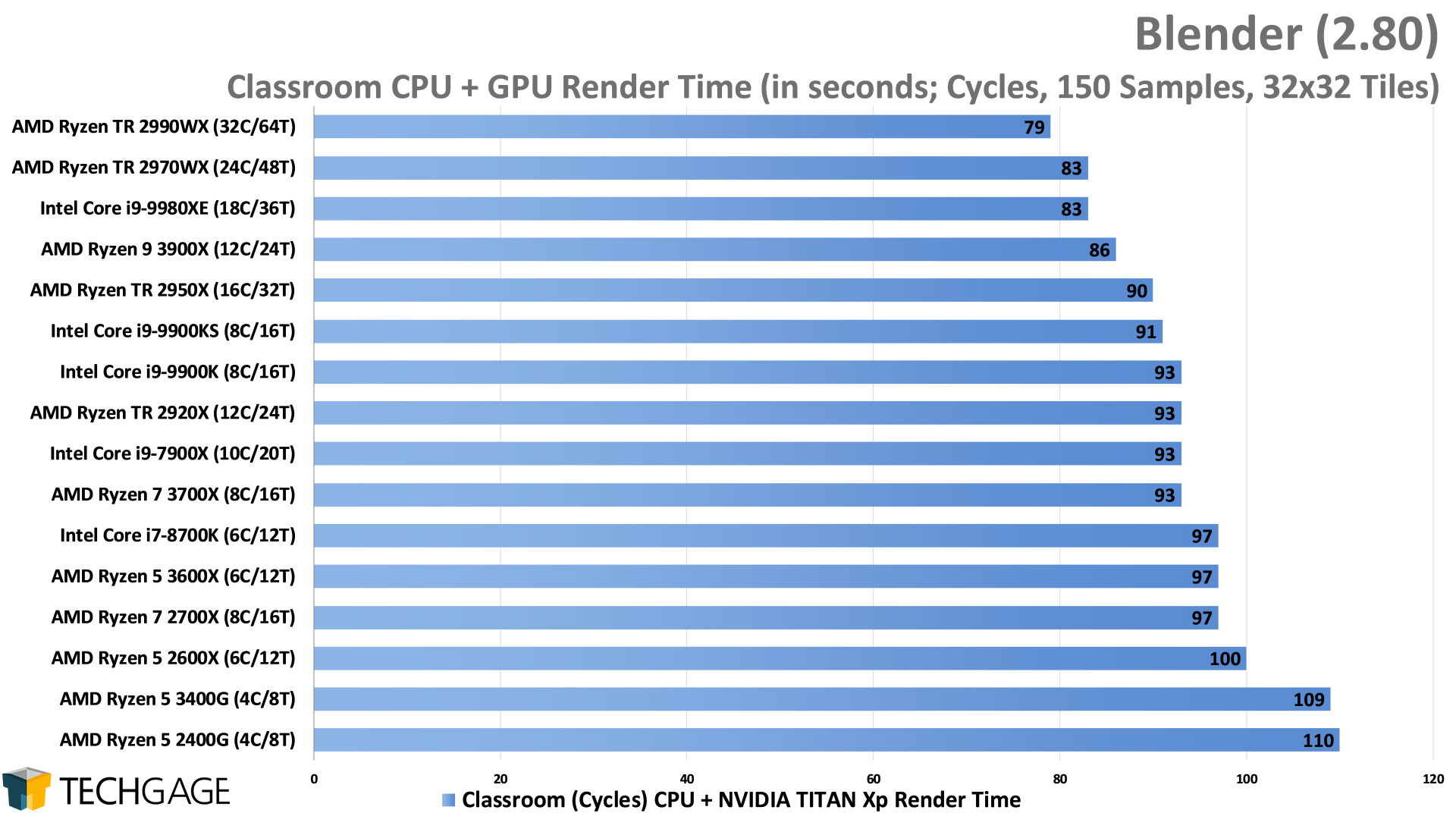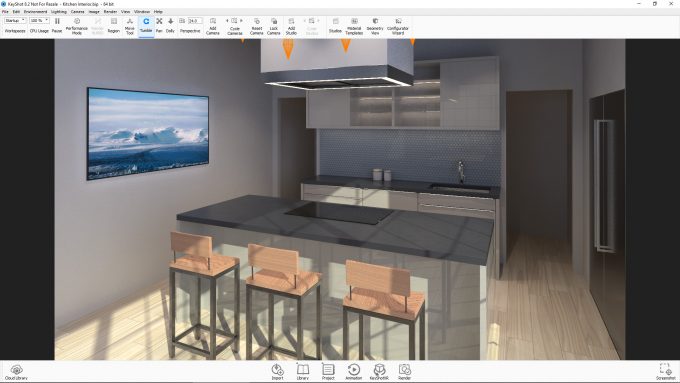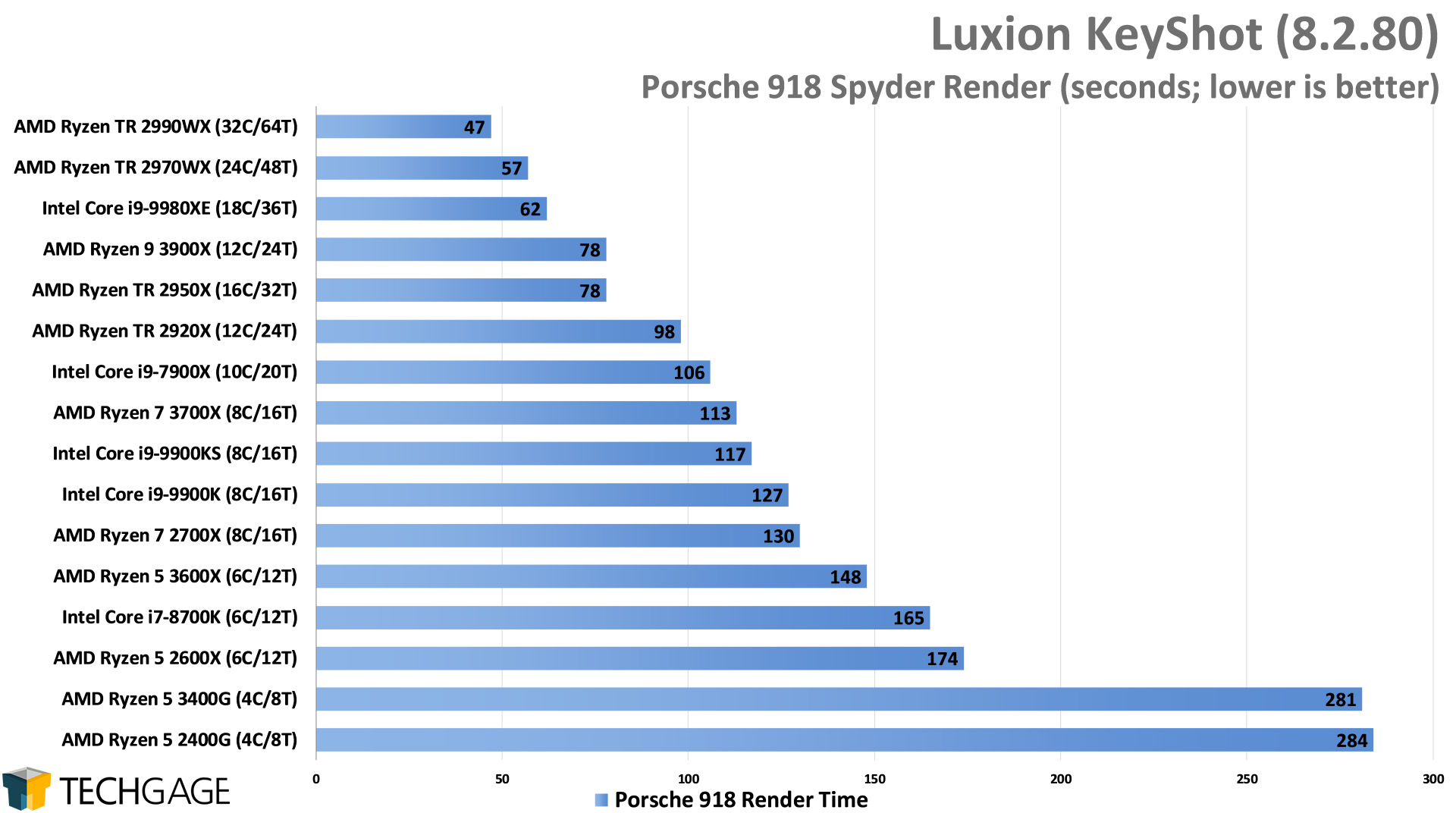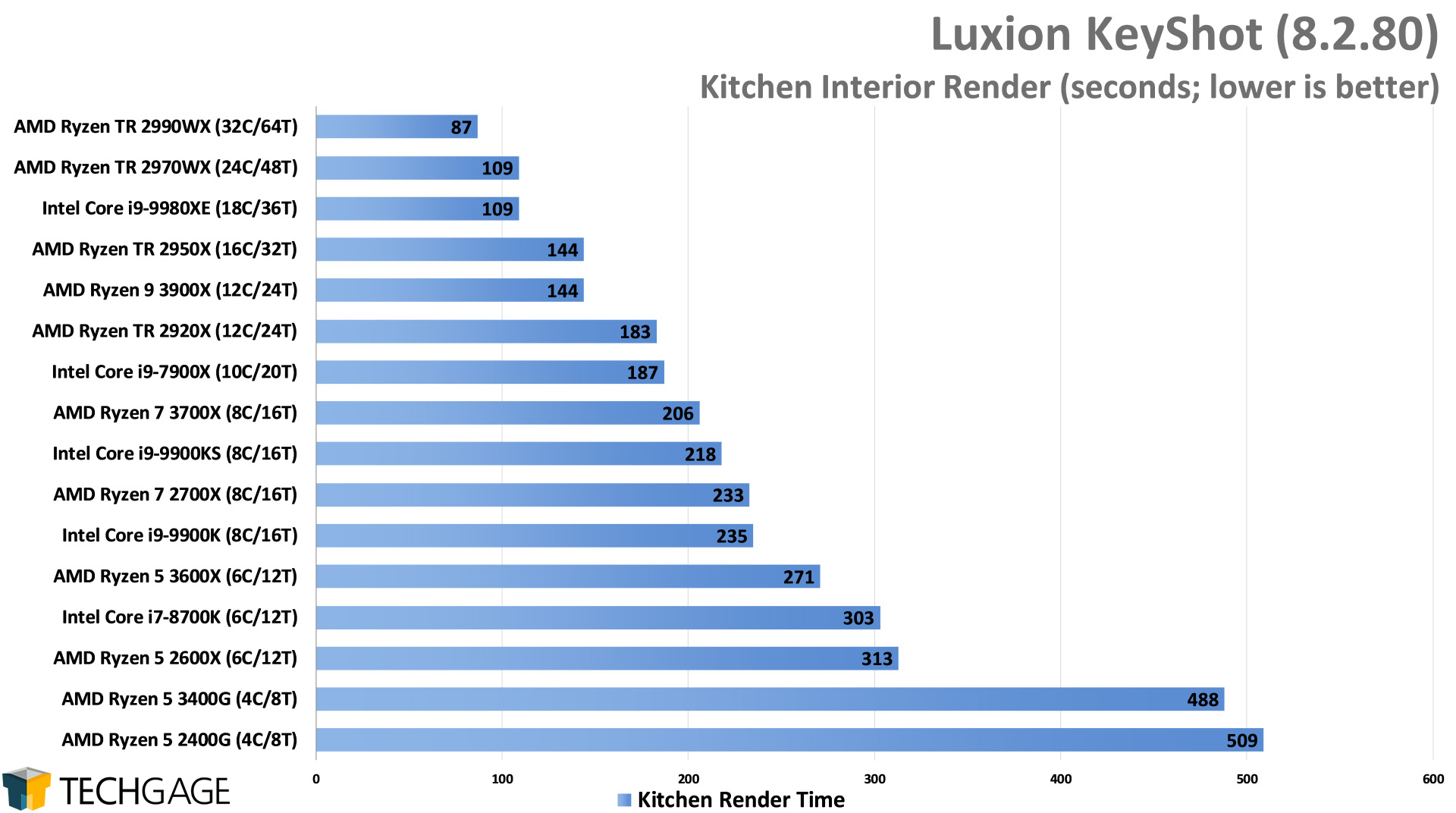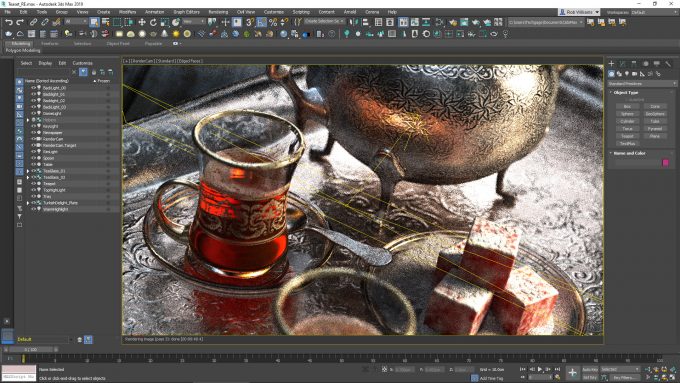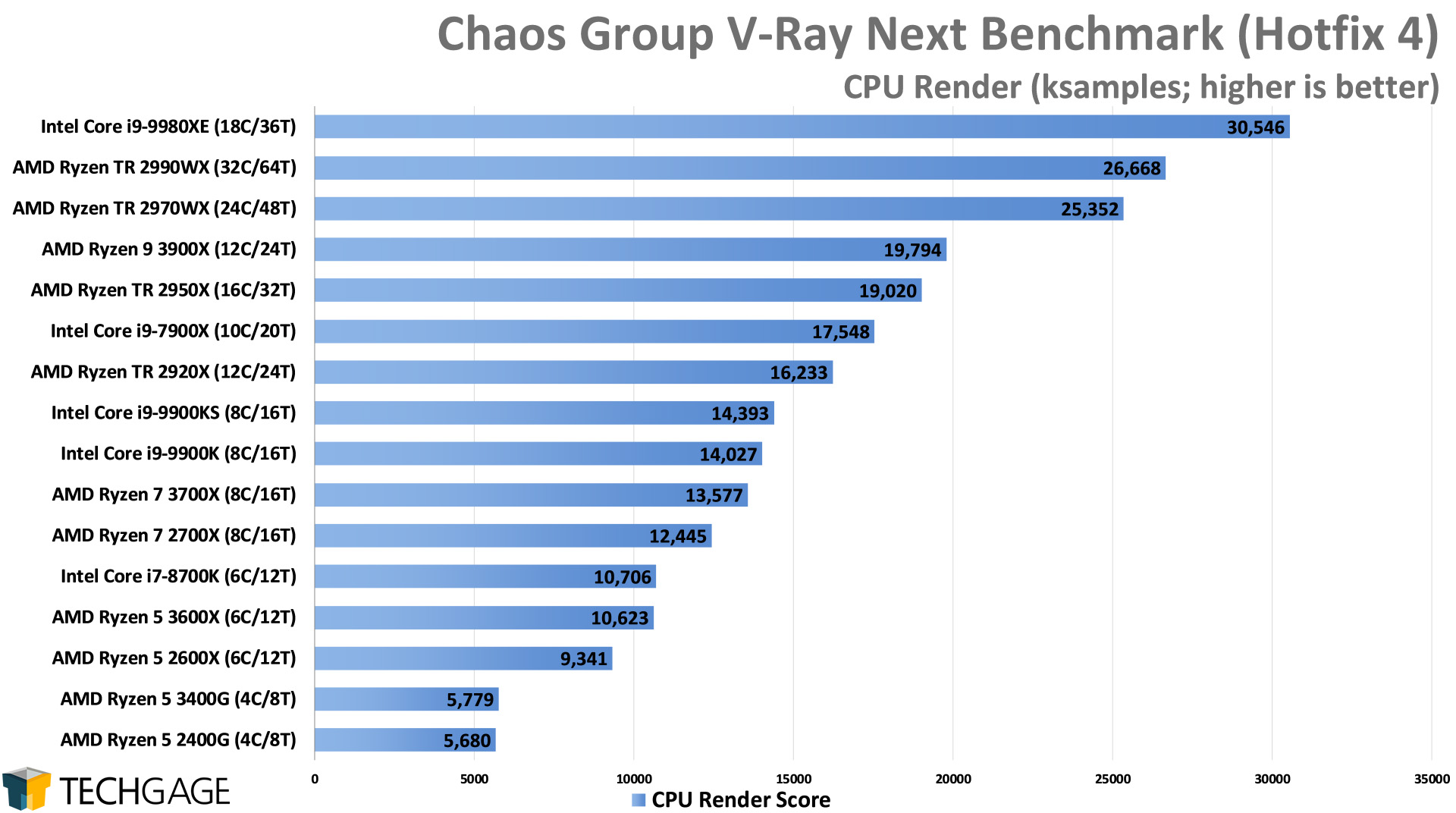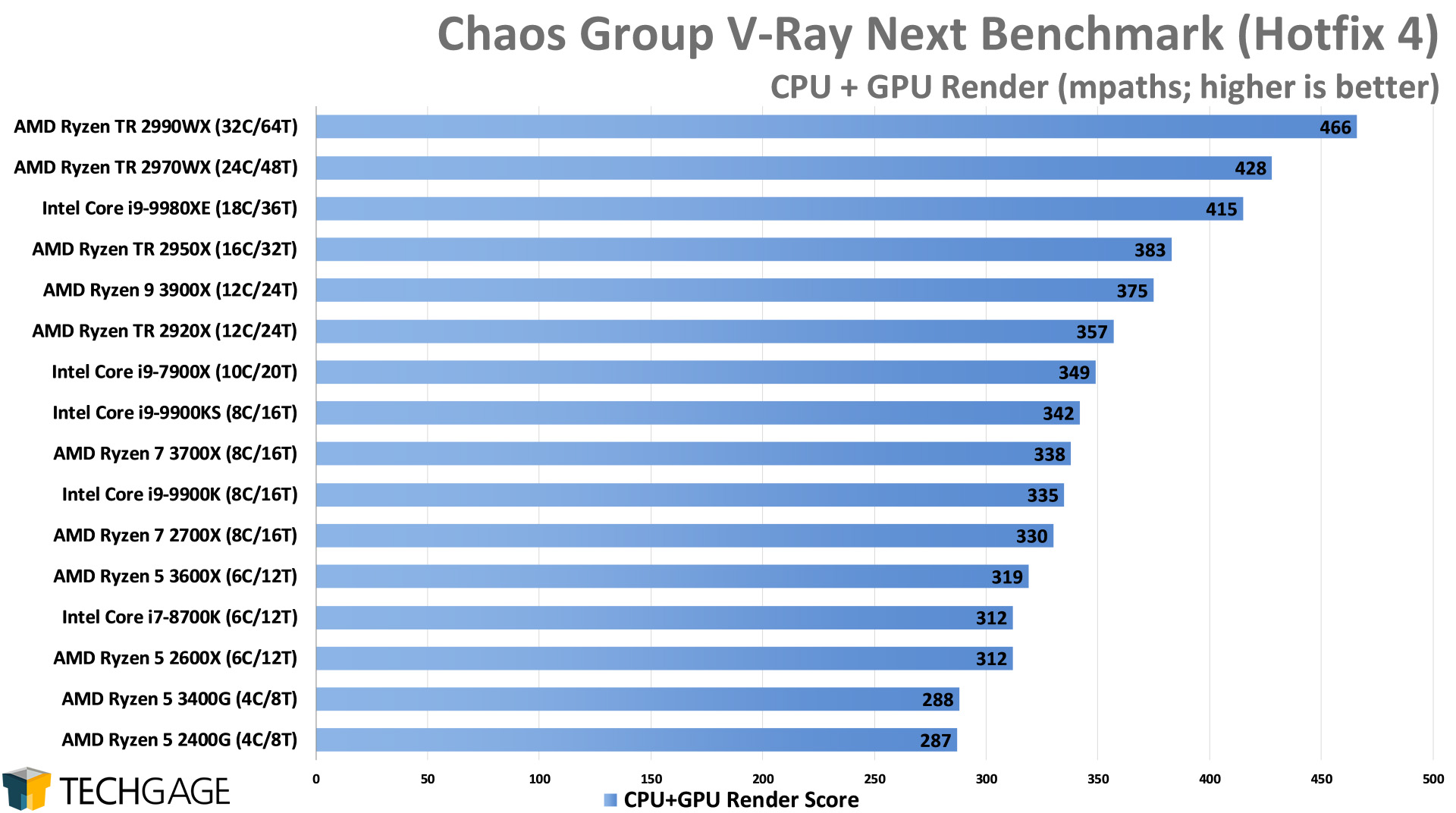- Qualcomm Launches Snapdragon 4 Gen 2 Mobile Platform
- AMD Launches Ryzen PRO 7000 Series Mobile & Desktop Platform
- Intel Launches Sleek Single-Slot Arc Pro A60 Workstation Graphics Card
- NVIDIA Announces Latest Ada Lovelace Additions: GeForce RTX 4060 Ti & RTX 4060
- Maxon Redshift With AMD Radeon GPU Rendering Support Now Available
Eight Cores At 5GHz: Intel Core i9-9900KS Review
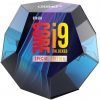
With competition in the CPU market proving to be fiercer than ever, Intel has decided to haul out some big guns. “Big guns” in this case refers to eight cores running at 5GHz a piece. This comes to us in the form of the Core i9-9900KS, and you can join us as we pit it against the rest of our collection in creator and gaming workloads.
Page 5 – Rendering: Arnold, Blender, KeyShot, V-Ray Next
There are few things we find quite as satisfying as rendering: seeing a bunch of assets thrown into a viewport that turn into a beautiful scene. Rendering also happens to be one of the best possible examples of what can take advantage of as much PC hardware as you can throw at it. This is true both for CPUs and GPUs.
On this page and next, we’re tackling many different renderers, because not all renderers behave the same way. That will be proven in a few cases. If you don’t see a renderer that applies to you, it could to some degree in the future, should you decide to make a move to a different design suite or renderer. An example: V-Ray supports more than just 3ds Max; it also supports Cinema 4D, Maya, Rhino, SketchUp, and Houdini.
Autodesk Arnold
If there’s one thing Arnold wants for CPU rendering, it’s a lot of cores. This is a workload that perfectly complements AMD’s top-end Threadripper chips, which has a 32-core model at the top. It’s hard to compete with that, even if you have a faster IPC and faster single-threaded performance, but continuing tradition, the 9900KS performs well in this lineup overall, not surprisingly sitting right above the 9900K.
Note that Arnold can now render to the GPU, but as of the current time, its behavior isn’t 1:1 with the CPU renderer. In time, it might be that the GPU will become more important than the CPU in Arnold, but it’s our hope that heterogeneous rendering is planned for the future, so that both processors can be put to use.
Blender
In Blender, we’re seeing much of the same as with the other renderers, which is to say the 9900KS outperforms the 9900K easily (though it’s not like it’s by a huge delta), and it ultimately places around the middle of the lineup. For CPU rendering, nothing can touch Zen 2, as we see the 9900KS hit 170 seconds in the BMW render, while the equally priced 3900X drops that to 120 seconds. That is not a small difference!
Let’s once again add a GPU and see what changes:
Blender’s developers have done an amazing job at optimizing Cycles for the GPU, so it’s truly hard for a CPU to look impressive on its own. If you already have a big CPU, there’s not necessarily a reason to run out and buy a new GPU, but if you are just jumping in, it’s clear that the GPU is much more important than the CPU, but, the faster your CPU, the better your ultimate performance. With the GPU involved, the 9900KS has a hard time pulling away from the 9900K.
KeyShot
KeyShot 9 released within the past week, and it has turned out to be great timing, since it wasn’t too late to add it to our next CPU suite update. Come the next CPU review in the next week or so, all of this KeyShot performance will be upgraded to 9, and we may just have a few additional projects to throw in for an upcoming dedicated article.
With this rendering software, the 9900KS performed well in both cases, managing to separate itself from the 9900K a little bit better than it has in some other tests. Whereas Blender could make great use of a decent GPU, KeyShot has traditionally favored the biggest CPUs you can hand it. KS9 introduces GPU rendering, so we’ll find out soon enough how the scaling applies there (at least for NVIDIA, since AMD GPUs are unsupported.)
Chaos Group V-Ray Next
Due to V-Ray licensing issues on our Z390 machine, and only our Z390 machine (sigh), we were unable to test the 9900KS with our typical projects. Fortunately, we have V-Ray Bench to stand in for now:
The 9900KS continues to prove that it can separate itself a decent distance from the 9900K, but it’s clearly modest gains overall, which is exactly what we’d expect. In the grand scheme of the performance here, Intel tends to have a lead in V-Ray overall, proven by the 9980XE taking the top spot (easily) with the CPU-only render. When the GPU is brought in, things change-up a bit, with the same 9980XE falling down a few pegs. Compared to the 3900X, the 9900KS doesn’t impress as much as it could, but it’s hardly a slouch.
Support our efforts! With ad revenue at an all-time low for written websites, we're relying more than ever on reader support to help us continue putting so much effort into this type of content. You can support us by becoming a Patron, or by using our Amazon shopping affiliate links listed through our articles. Thanks for your support!




